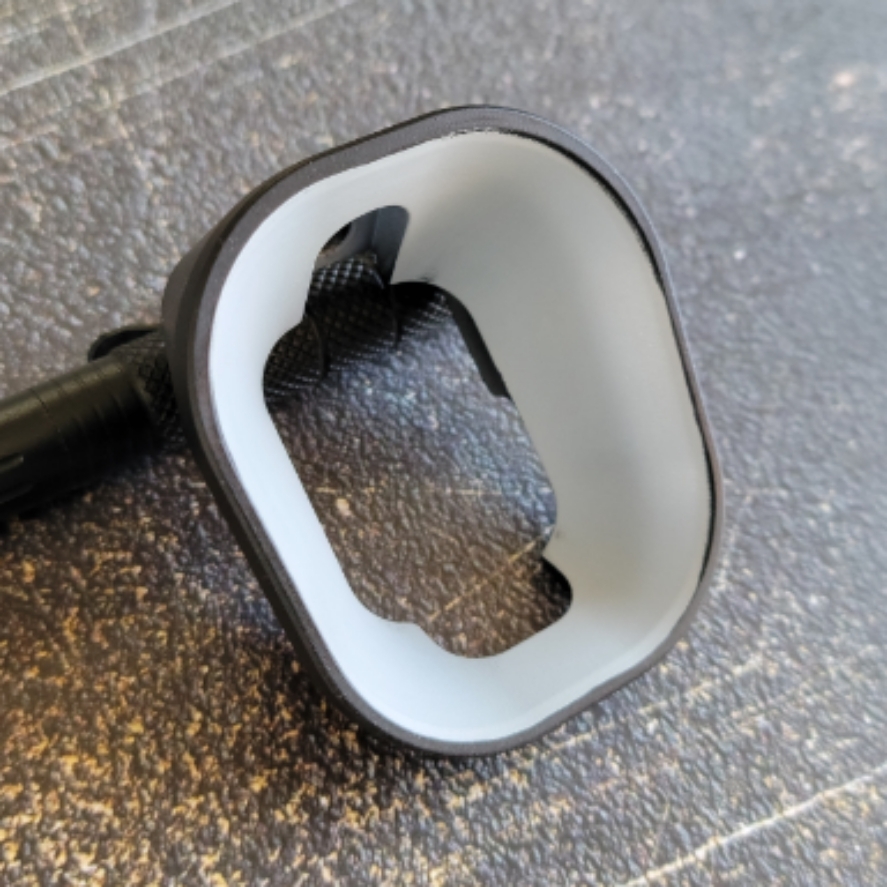
I’ve always “geeked out” over the thinking behind weapon systems, and champion-level shooters have design ideas that others never imagine.
This month I’ve been talking with Josh Froelich and Chris Barrett about the Pistol Caliber Carbine (PCC). Froelich is one of the best action shooters in the world with the PCC, and Barrett is a multi-year PCC world champion in Steel Challenge. Both of them shoot the JP-5, and with our new JP-5 magwell coming to market, we had lots to talk about!
Reloading the PCC takes more focus than a pistol because the magazine well is floating in space, separated from your hand. To load successfully, you need to see where the magwell is in space, and at what angle (both side-to-side and front-to-back).
PCC magwells are typically cut at an angle that looks cool in pictures. Sadly, looking cool doesn’t help you reload. The shooter needs to know, absolutely, at what angle to insert the magazine. If they don’t get the angle right, the mag bangs into the sides of the magazine well and doesn’t go all the way in. TF “Fatties” are cut to give the shooter a visual reference. Just by looking at the magwell, you know your angle. Insert the mag “square” to the magwell opening and the mag slides right in – even if you’re off a little to one side.
Froelich, Barrett, and I got talking about visual cues as they relate to the JP-5. I’ve met several serious shooters who put a patch of white paint on the inside-right surface of their magwell. When they tip the gun to the side to reload, that white patch shows up and draws the eye, helping them “look” the magazine into the gun. Wouldn’t that be especially helpful in the hard-to-reload PCC?
Froelich thought it would, Barrett thought it wouldn’t, so to test that, I got a hold of Jim Coffey at Helios Arms, and we’ve got test units going to both of them. Each will have a black Cerakote layer on the outside, and a white layer on the inside.
At TF, we bring our multi-disciplinary experience together with specific knowledge from the “big guns” like Barrett and Froelich to create the best “athletic equipment” we can. Together we build in subtle changes that help your performance – so you don’t have to think about it.
